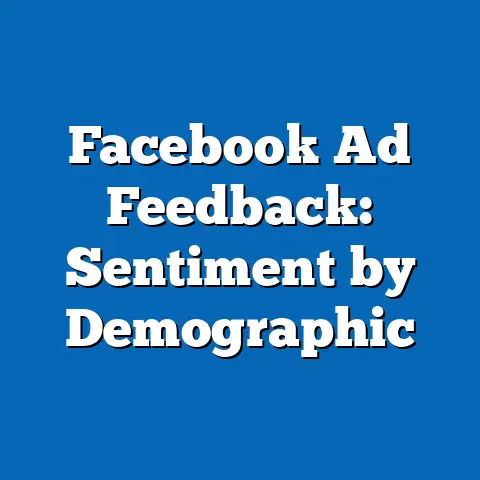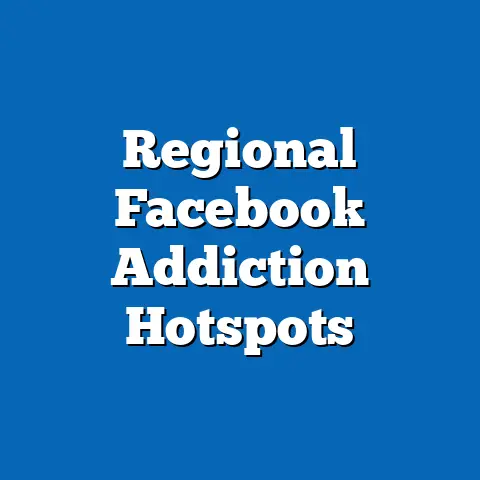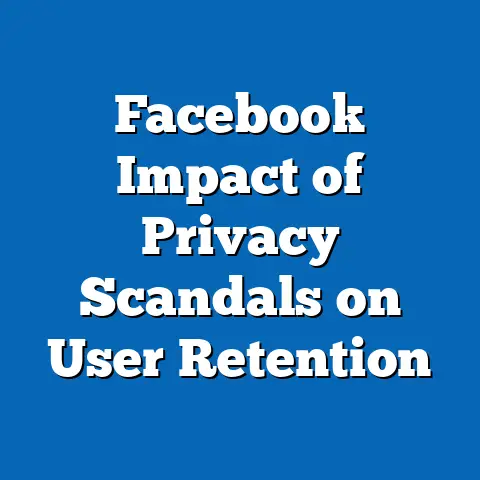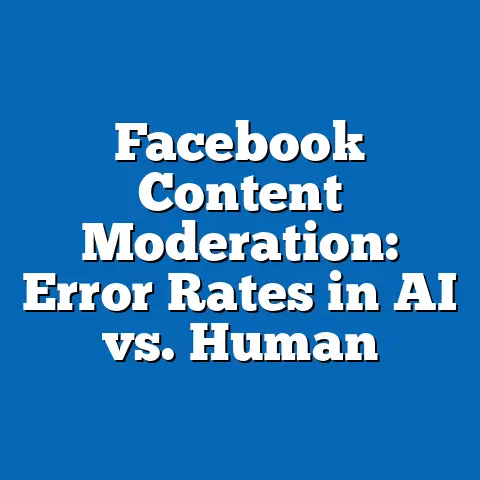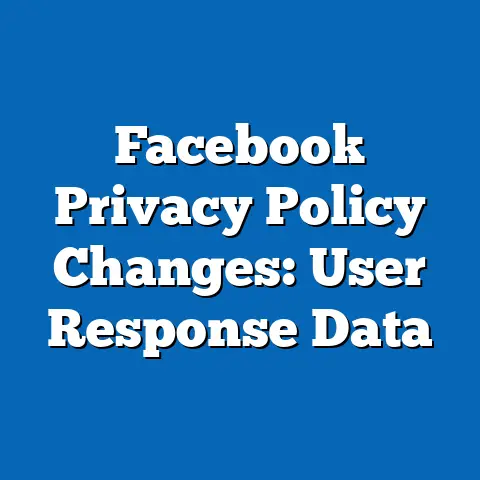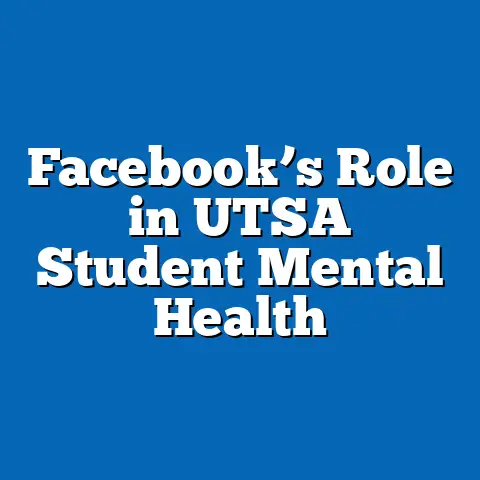Misinfo Echo Chambers on Facebook
Have you ever wondered why your Facebook feed seems to endlessly reinforce your existing beliefs, even when the information might be misleading or outright false? In 2024, the phenomenon of misinformation echo chambers on social media platforms like Facebook has reached unprecedented levels, shaping how millions perceive reality and engage with the world. This article delves into the defining characteristics of these digital echo chambers, traces their historical roots, examines the role of technology and human behavior, and explores their profound societal implications.
Misinformation echo chambers are online environments where users are predominantly exposed to information that aligns with their pre-existing views, often amplifying false or misleading content while limiting exposure to diverse perspectives. On Facebook, these chambers are fueled by algorithmic curation, user behavior, and the platform’s design, creating a feedback loop of confirmation bias. As we navigate an era of political polarization, global crises, and technological advancements, understanding this phenomenon is more critical than ever.
Defining Misinformation Echo Chambers: What Are They, and Why Do They Matter?
At its core, a misinformation echo chamber on Facebook refers to a virtual space where users are repeatedly exposed to content—often false or misleading—that reinforces their beliefs, while dissenting or corrective information is filtered out. This phenomenon is driven by a combination of algorithmic personalization, user interaction patterns, and the viral nature of sensational content. Unlike traditional media, where editorial oversight might temper misinformation, social platforms like Facebook rely on user-generated content and automated systems, making the spread of falsehoods more rapid and pervasive.
Echo chambers are not a new concept, but their digital manifestation on platforms like Facebook has amplified their impact. According to a 2023 study by the Pew Research Center, 64% of U.S. adults report encountering false information on social media at least weekly, with Facebook being the most commonly cited platform. These spaces matter because they distort reality, deepen polarization, and undermine trust in institutions, from journalism to government.
The defining characteristics of misinformation echo chambers include selective exposure, confirmation bias, and network homophily—the tendency to connect with like-minded individuals. On Facebook, algorithms prioritize content based on user engagement, meaning that posts eliciting strong emotional reactions (often misinformation or polarizing narratives) are more likely to appear in feeds. This creates a self-reinforcing cycle where users see more of what they already believe, whether it’s about politics, health, or cultural issues.
Historical Context: From Traditional Media to Digital Echo Chambers
To understand the rise of misinformation echo chambers on Facebook, we must first trace the evolution of media and information consumption over the past century. In the early 20th century, information was disseminated through newspapers, radio, and later television, often with centralized editorial control. While bias existed, the limited number of outlets meant that most people were exposed to a relatively shared set of facts, fostering a common—if imperfect—understanding of events.
The advent of the internet in the 1990s marked a turning point, democratizing information but also fragmenting audiences. Early online forums and blogs allowed users to seek out niche communities, laying the groundwork for digital echo chambers. By the time Facebook launched in 2004, the stage was set for a new era of personalized content delivery, driven by social connections and, later, sophisticated algorithms.
Significant historical events have also shaped the trajectory of misinformation on social media. The 2016 U.S. presidential election was a watershed moment, with revelations about foreign interference and the spread of “fake news” on Facebook exposing the platform’s vulnerabilities. Studies, such as those by the University of Southern California in 2018, found that false stories on Facebook were shared six times more often than factual ones during the election period, highlighting the viral potential of misinformation.
The COVID-19 pandemic further accelerated the problem, as uncertainty and fear fueled the spread of health-related conspiracies on Facebook. From anti-vaccine narratives to claims of government overreach, misinformation echo chambers became battlegrounds for competing worldviews. By 2024, these historical trends have converged with advances in AI-driven content recommendation and an increasingly polarized global landscape, making echo chambers more entrenched than ever.
The Role of Technology: Algorithms and Design in Shaping Echo Chambers
Facebook’s technological infrastructure is a primary driver of misinformation echo chambers. The platform’s algorithm, designed to maximize user engagement, prioritizes content that generates likes, shares, and comments—often emotionally charged or sensational posts. A 2021 internal Facebook study, leaked to the press, revealed that the algorithm disproportionately amplified divisive content, even when the company was aware of its polarizing effects.
Moreover, features like “Groups” and “Pages” allow users to self-select into communities that reinforce their views, often without exposure to counterarguments. For example, a 2023 report by the Center for Countering Digital Hate found that Facebook Groups promoting vaccine misinformation had grown by 30% since 2020, reaching millions of users despite platform moderation efforts. These design choices, while intended to foster connection, inadvertently create fertile ground for misinformation to spread.
Artificial intelligence and machine learning have further intensified the problem in 2024. While AI tools are used to detect and remove false content, they also refine personalization, tailoring feeds so precisely that users rarely encounter opposing perspectives. As MIT researcher Deb Roy noted in a 2023 interview, “The same technology that connects us also isolates us, creating parallel digital realities.” This technological paradox underscores the challenge of balancing user satisfaction with societal well-being.
Human Behavior: Psychological and Social Drivers of Echo Chambers
While technology plays a significant role, human behavior is equally critical in sustaining misinformation echo chambers. Psychological phenomena like confirmation bias—the tendency to seek out information that aligns with one’s beliefs—drive users to engage with content that validates their worldview. A 2022 study published in the journal Nature Communications found that users on social media are 70% more likely to share content that aligns with their political ideology, even when they suspect it might be false.
Social dynamics also contribute to the problem. On Facebook, users often curate their networks to include friends and followers who share similar views, a process known as homophily. This creates tight-knit communities where dissenting opinions are rare, and misinformation can spread unchallenged. During the 2020 U.S. election, for instance, researchers at NYU found that conservative-leaning Facebook users were 2.5 times more likely to share misinformation than their liberal counterparts, largely due to the insular nature of their online networks.
Emotional factors further amplify the spread of misinformation. Content that evokes fear, anger, or outrage—common in conspiracy theories or political disinformation—tends to go viral more quickly. As psychologist Dr. Karen Nelson explained in a 2023 podcast, “Misinformation often preys on our deepest anxieties, making it stickier in our minds and more shareable in our networks.” This interplay of psychology and social behavior makes echo chambers a deeply human, as well as technological, phenomenon.
Generational Dynamics: How Different Age Groups Engage with Echo Chambers
Generational differences play a significant role in how misinformation echo chambers manifest on Facebook. While the platform is used across age groups, engagement patterns and susceptibility to misinformation vary widely. Understanding these nuances is essential to addressing the problem holistically.
Baby Boomers (born 1946-1964) often rely on Facebook as a primary source of news, with a 2023 Pew survey indicating that 70% of U.S. Boomers use the platform daily. This generation, less likely to have grown up with digital literacy training, is particularly vulnerable to misinformation, especially on topics like health and politics. Studies show that Boomers are twice as likely as younger users to share false news articles, often due to trust in personal networks over institutional

